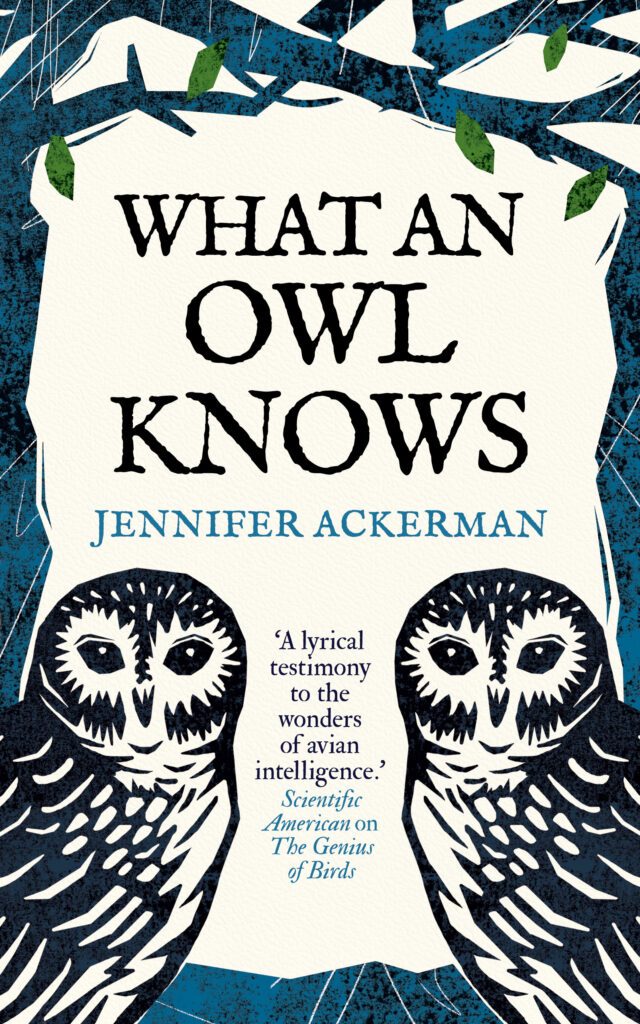 ***** A hoot of a book
***** A hoot of a book
Leon Vlieger, NHBS Catalogue Editor
Owls are one of the most enigmatic groups of raptors, in part because there is so much we still do not understand about them compared to other birds. Nature writer Jennifer Ackerman previously wrote the critically acclaimed The Genius of Birds. In What an Owl Knows, she reveals the creature that hides under that puffy exterior, peeling back the feathers layer by layer to show our current scientific understanding of owls. She has interviewed scores of scientists and owl aficionados as part of her background research, making this as much a book about owls as about the people who study and love them. A captivating and in places touching science narrative, this book is a hoot from beginning to end.
Owls are everywhere in the human imagination and, Ackerman argues, have always been: “We evolved in their presence; lived for tens of thousands of years elbow to wing in the same woods, open lands, caves, and rock shelters; came into our own self-awareness surrounded by them; and wove them into our stories and art” (p. 235). For all that, their nocturnal lifestyle makes them hard to study and they have long been—and in many places still are—wrapped in superstition. Ackerman dedicates a chapter to such beliefs and the harms that frequently flow from them. Fortunately, the tide is turning. Thanks to the tireless efforts of a dedicated cadre of scientists, conservationists, and numerous volunteers, a far more fascinating creature emerges from the contradictory tangle of ideas that humans have held about owls.
A red thread that has been subtly woven through this book is the importance of understanding animals on their terms. Ed Yong’s An Immense World is one recent example of this welcome trend amongst science writers and Ackerman appropriately starts with a chapter on owl sensory biology. What is it like to be an owl? Though this question can never be fully answered, that should not stop us from trying our hardest. Vision and hearing are obviously important to owls but the book has plenty of surprises up its sleeve once you start digging into the details: from the magnificent facial disk that acts somewhat like a parabolic reflector to gather sound, a hearing system that does not seem to age, to the fact that owls can see ultraviolet light. At night. With rod rather than cone cells (like pretty much every other bird).
The same question motivates research on owl vocalisations as “a hoot is not just a hoot” (p. 81). Owls utter a profusion of yaps, squawks and warbles and Ackerman paints a lively portrait in words. Barn owls have “a raspy hiss that sounds like a fan belt going out on your car” (p. 82), while the tiny Flammulated Owl breaks the link between body size and vocal pitch, sounding like “a big bird trapped in a small body” (p. 82, quoting ornithologist Brian Linkhart). These sounds can reveal an awful lot about the individual owl and its relationship with other owls in the landscape. Ackerman criticises some of the research on owl intelligence. They cannot pass the string-pulling test, a common test in ethological research in which an animal has to pull on a rope to reel in food that is out of reach. The idea is that it tests an animal’s understanding of cause and effect. But is this a fair test or does it “point to the limitations of our definitions and measures of intelligence” (p. 261)?
The most intimate insights have come from rescued owls that can no longer be returned to the wild. Many researchers have ended up caring for an individual and becoming intimately familiar with them. Gail Buhl, a leading authority on training rehabilitated captive owls, here explains five important things that she has learned. One particularly poignant observation is that owls might appear calm and stoic around humans, but having paid close attention to their body language, Buhl concludes that “they’re experiencing the same stress as other raptors, but they’re internalising it” (p. 228). This has major consequences for how even well-intended trainers and rehabbers ought to behave around owls. “We need to treat them not as mini-humans in feathers, but as their own entity” (p. 231), Ackerman writes, before throwing in a beautiful quote from naturalist Henry Beston. In his words, wild animals “are not brethren, they are not underlings; they are other nations, caught with ourselves in the net of life and time” (pp. 231–232).
Following on directly from her last book on bird behaviour, there are fascinating chapters here on the behaviour of owls: their courtship and breeding, their parental behaviour, their roosting, and their migration. Yes, many owls are migratory and some species can cover surprising distances. Ackerman makes a fantastic case for the value of long-term monitoring programmes to establish reliable population estimates. This is vital data for conservation efforts and is often missing. And sometimes what we think we know is wrong, as in the case of the Snowy Owl. Where initial estimates put the global population at some 200,000 birds, satellite tracking has revealed that they are actually a single population moving around the whole Arctic Circle, resulting in duplicate counts. Revised estimates now put the figure at a mere 30,000 birds.
Ackerman relies on the input of numerous scientists and volunteers. As such, this is as much a book about the people who study owls. I was delighted to hear more from Jonathan Slaght (his book Owls of the Eastern Ice is magnificent). Other stories tug on the heartstrings and none more so than that of Marjon Savelsberg. A Dutch musician trained in baroque music, her dreams came crashing down when she was diagnosed with a heart condition that consigned her to a mobility scooter. When she stumbled on the website of the Dutch Little Owl Working Group, she quickly became one of their most active volunteers, revealing a skilled ear for analysing owl calls. Suddenly, she had a new career and a new group of appreciative ecologist colleagues: “[I] realised I was still a musician. All the skills that I learned, all the talent I have, I can still use, just in a different way” (p. 105). It is a powerful story of redemption-by-owl.
Ackerman carefully balances these two facets: the scientific insights that she has carefully distilled from research papers and interviews, and the personal stories of those who study and love owls. As a result, What an Owl Knows is compulsively readable and readily accessible for those who lack a scientific background in ornithology.
You might also be interested in reading our Q&A with Jennifer Ackerman in which we discuss owls’ reputation for wisdom, the incredible research that is shedding more light on their lives, and the mysteries that still remain.

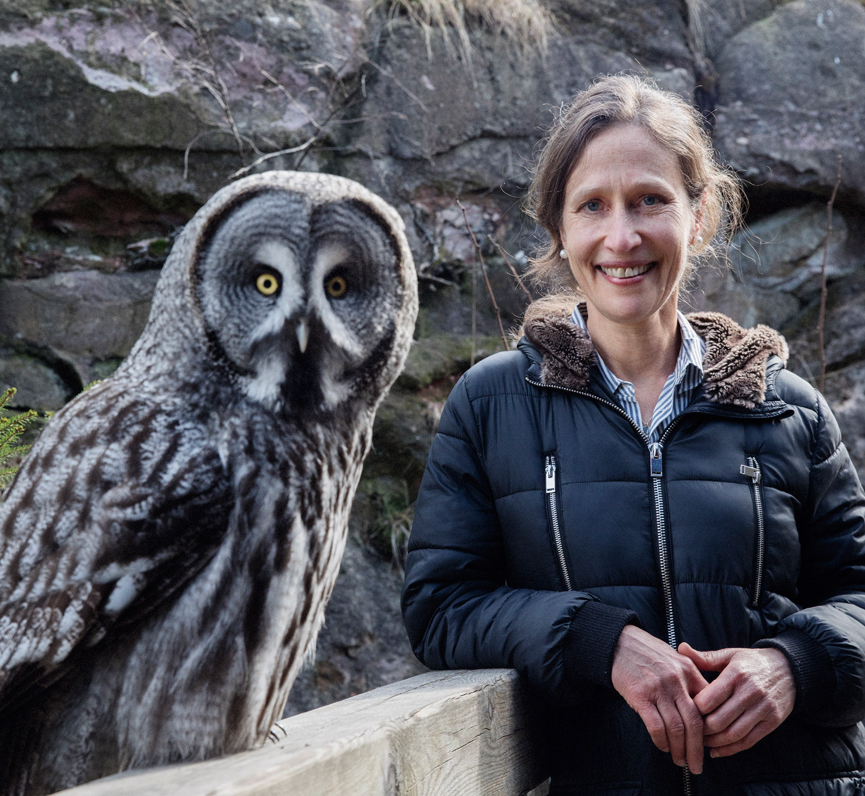
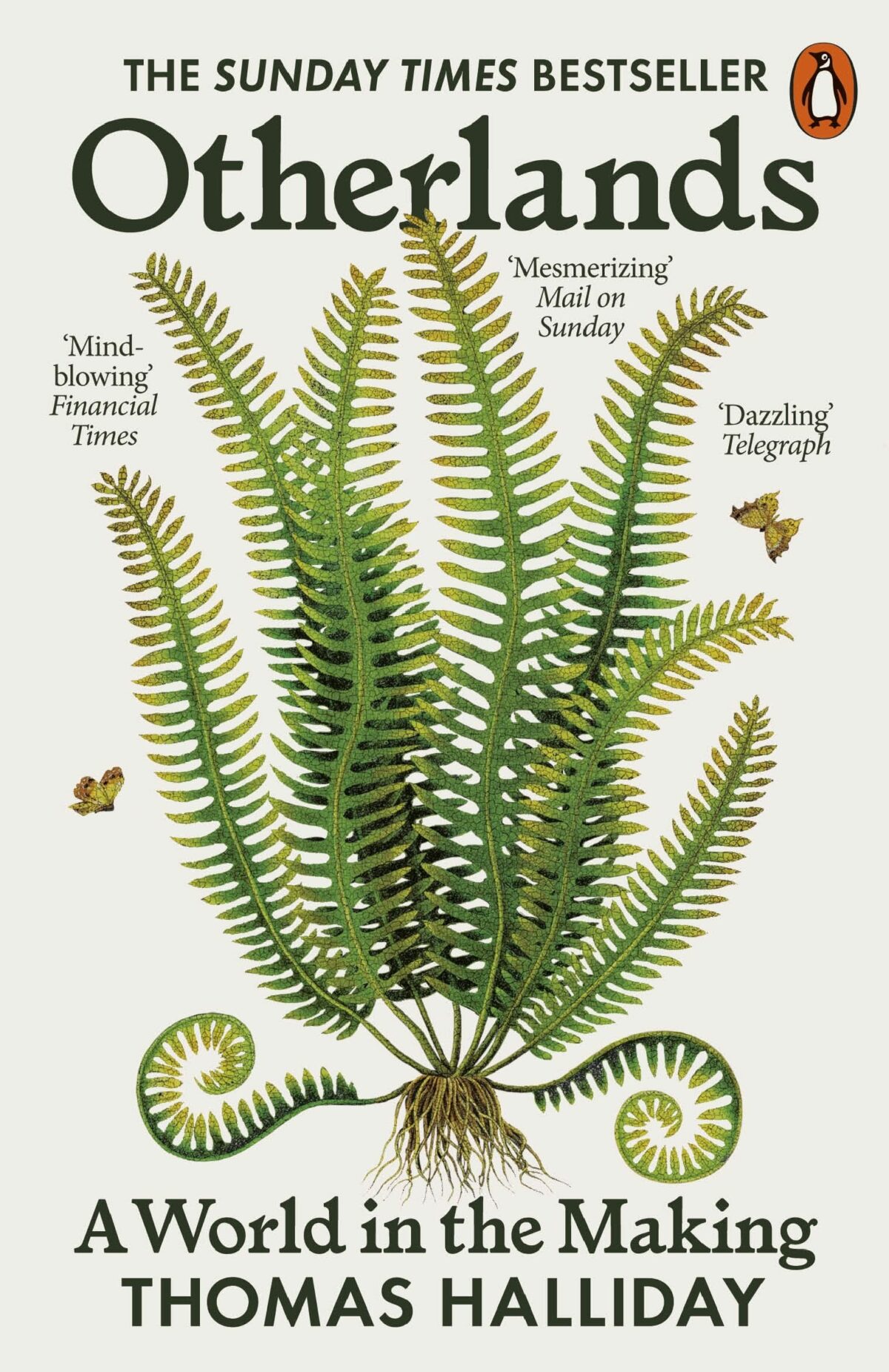
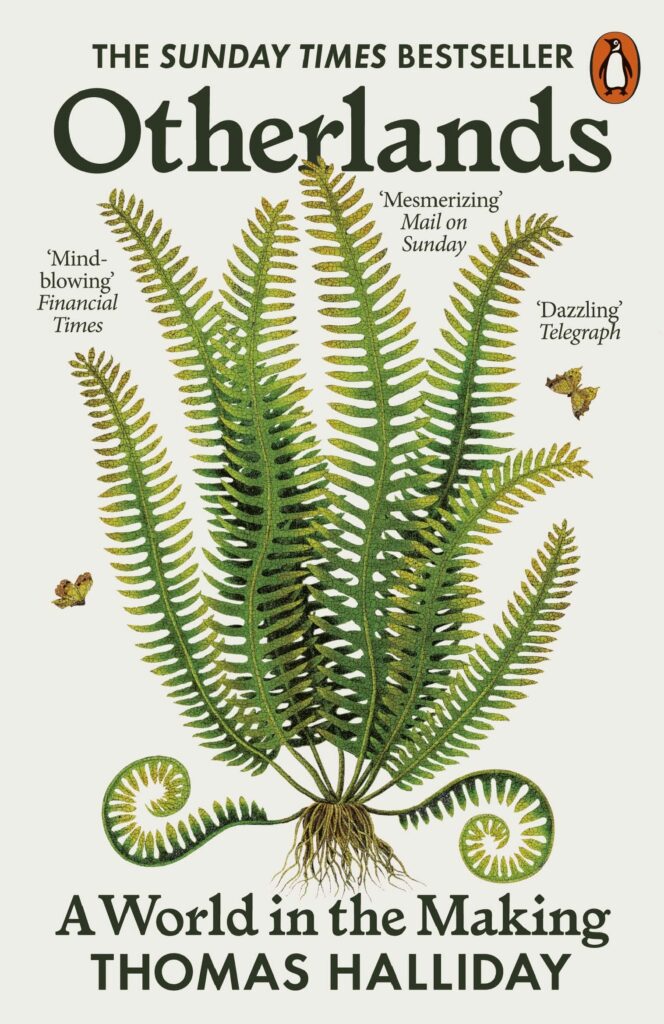
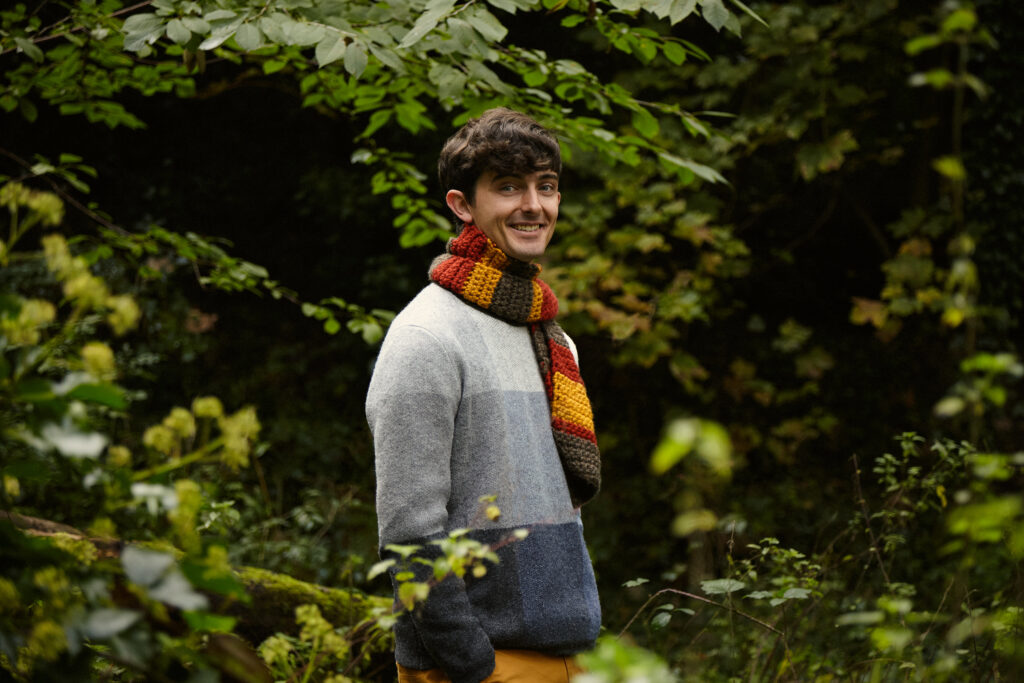
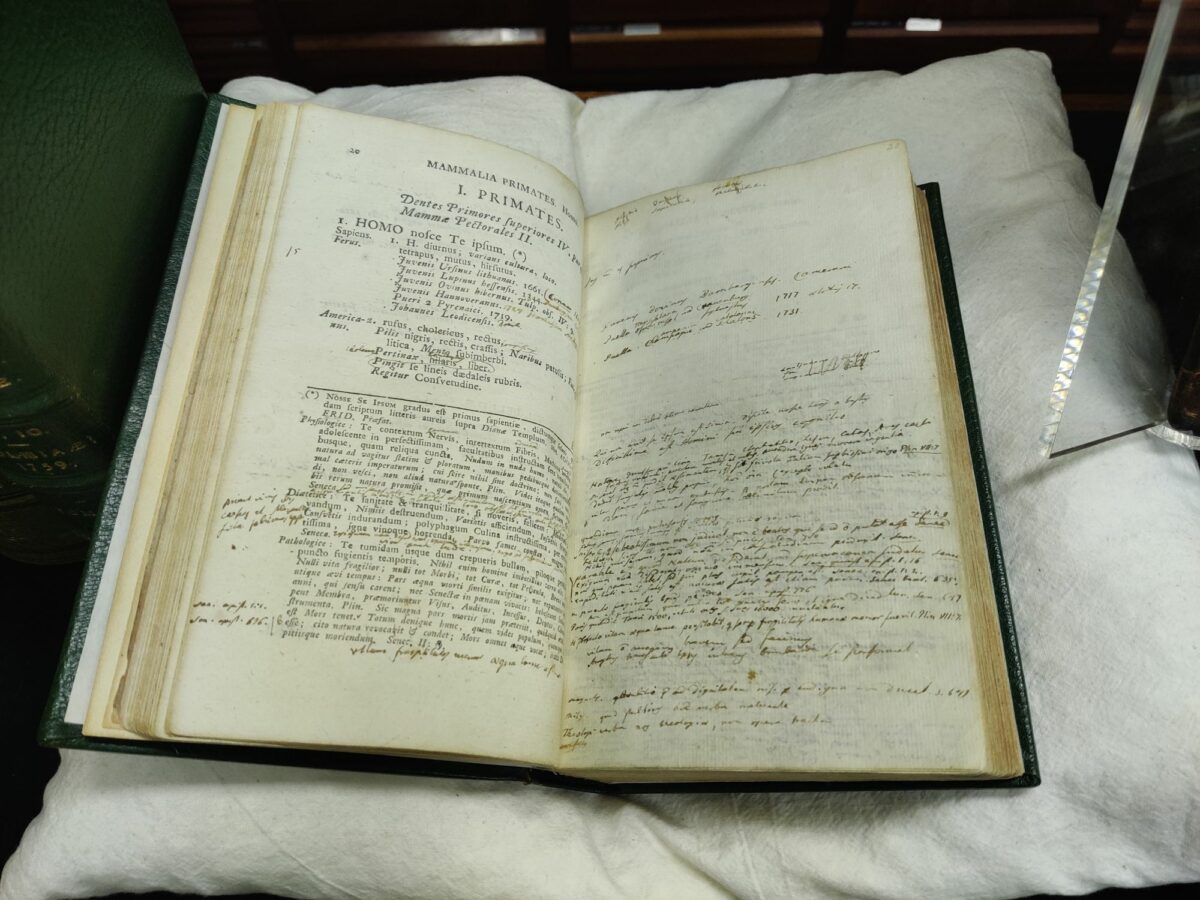


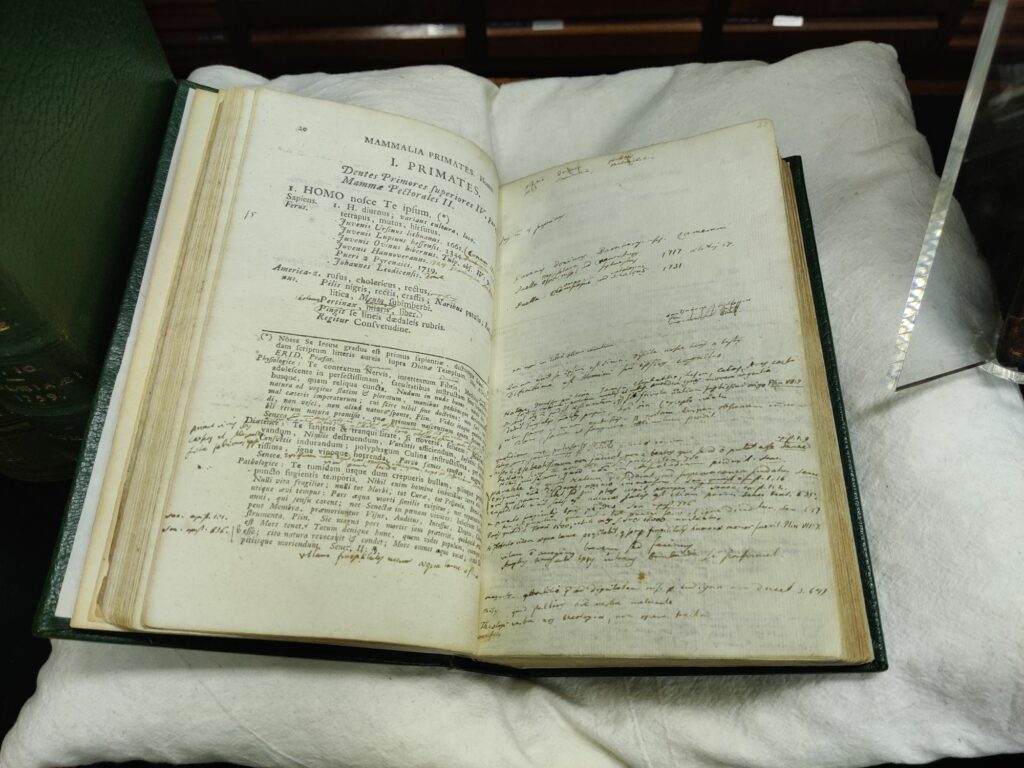

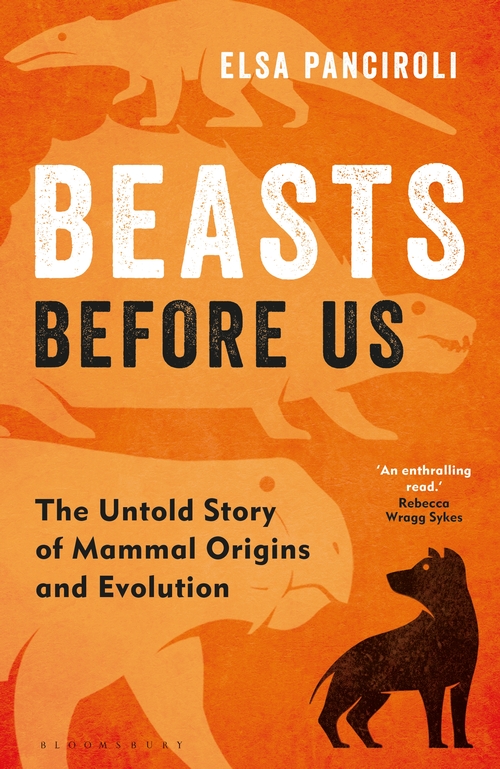
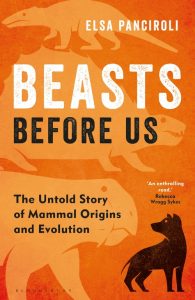

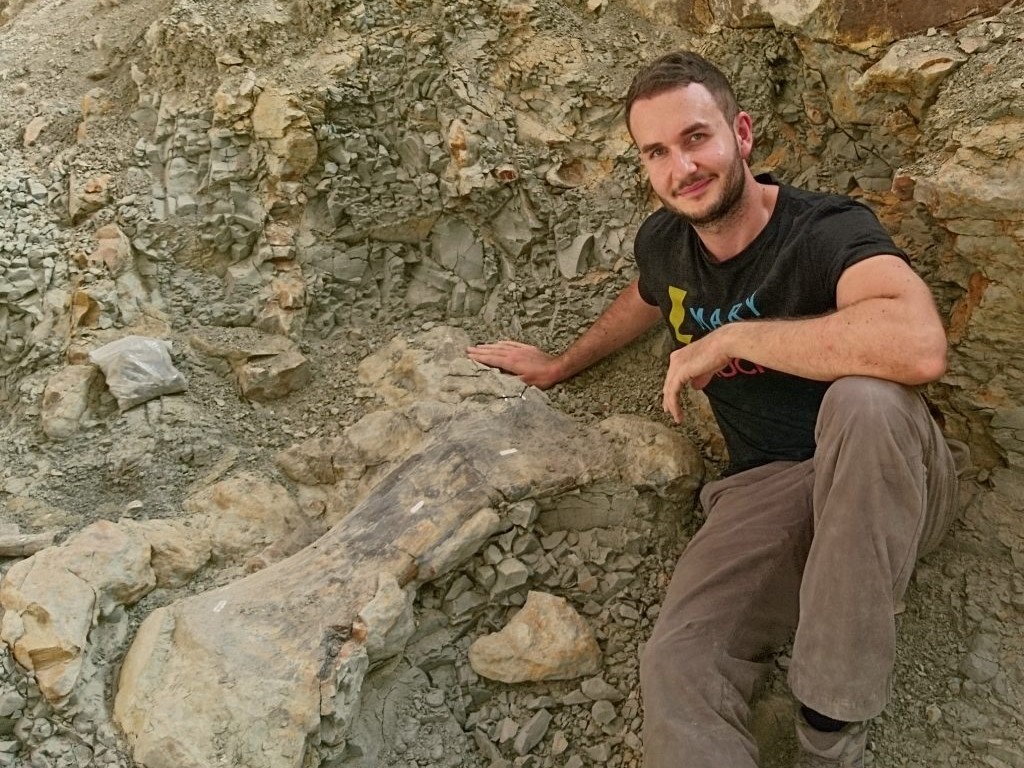
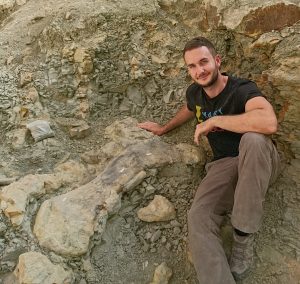
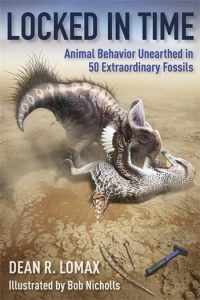
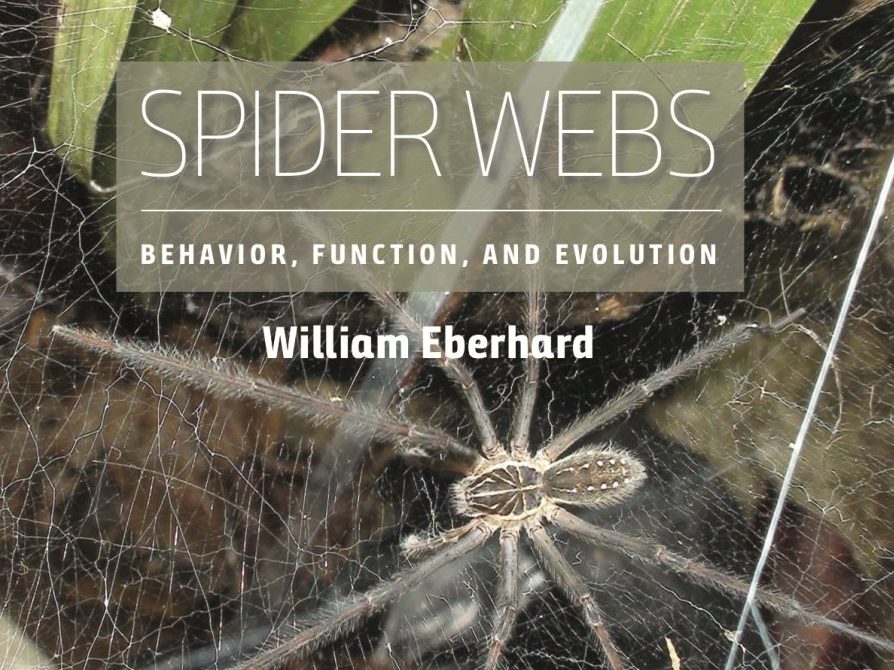

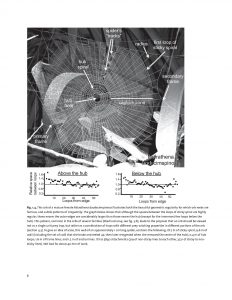 You point out that the majority of published behavioural observations have been of mature females. What do we know about males and immature spiders? Is web construction specifically a female activity? Or have we just not looked hard enough?
You point out that the majority of published behavioural observations have been of mature females. What do we know about males and immature spiders? Is web construction specifically a female activity? Or have we just not looked hard enough?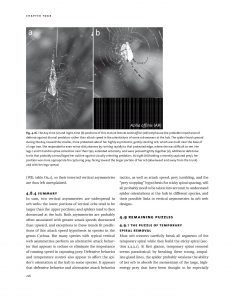 You mention that orb webs are neither the pinnacle of web evolution nor necessarily the optimally designed structures that they are often claimed to be. Most organismal traits are a product of history and contingency as much as natural and sexual selection. I might be asking you to speculate here, but, in your opinion, are there any particular evolutionary thresholds that spiders have not been able to cross that would make a big difference for web construction?
You mention that orb webs are neither the pinnacle of web evolution nor necessarily the optimally designed structures that they are often claimed to be. Most organismal traits are a product of history and contingency as much as natural and sexual selection. I might be asking you to speculate here, but, in your opinion, are there any particular evolutionary thresholds that spiders have not been able to cross that would make a big difference for web construction?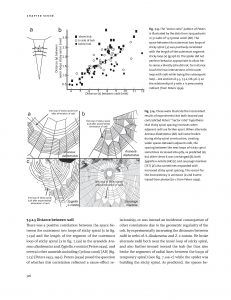 Producing a book of this scope must have been a tremendous job, and you remark that a thorough, book-length review of spider webs had yet to be written, despite more than a century of research on spiders. With the benefit of hindsight, would you embark on such an undertaking again?
Producing a book of this scope must have been a tremendous job, and you remark that a thorough, book-length review of spider webs had yet to be written, despite more than a century of research on spiders. With the benefit of hindsight, would you embark on such an undertaking again?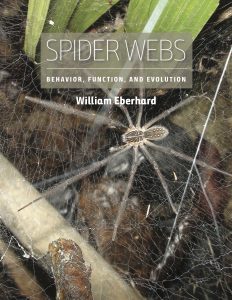
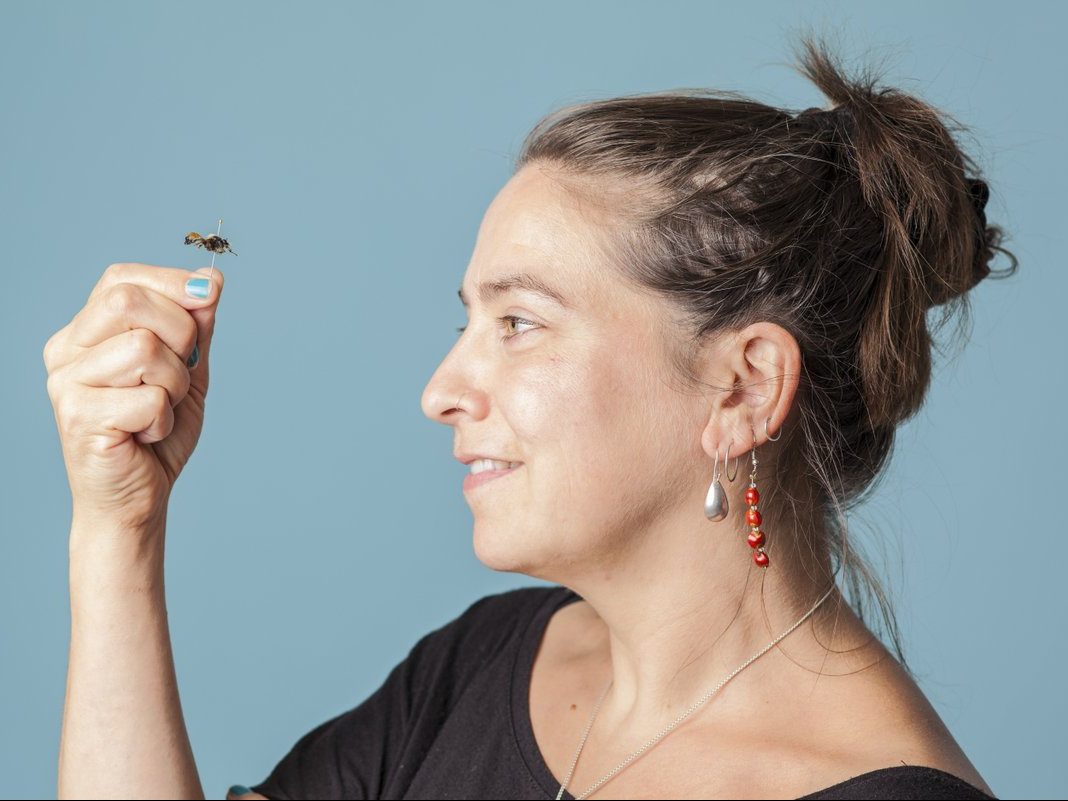

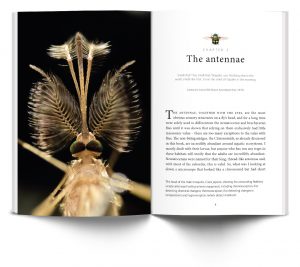 After two decades of researching them, has your own attitude towards them changed?
After two decades of researching them, has your own attitude towards them changed?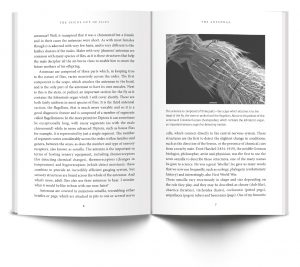 You mention many people seem to think adult flies lack brains, this misconception being fuelled by watching them fly into windows again and again. This may seem like a very mundane question but why, indeed, do they do this?
You mention many people seem to think adult flies lack brains, this misconception being fuelled by watching them fly into windows again and again. This may seem like a very mundane question but why, indeed, do they do this?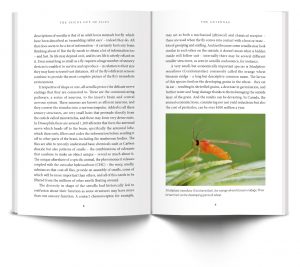 You explain how insect taxonomists use morphological details such as the position and numbers of hairs on their body to define species. I have not been involved in this sort of work myself, but I have always wondered, how stable are such characters? And on how many samples do you base your decisions before you decide they are robust and useful traits? Is there a risk of over-inflating species count because of variation in traits?
You explain how insect taxonomists use morphological details such as the position and numbers of hairs on their body to define species. I have not been involved in this sort of work myself, but I have always wondered, how stable are such characters? And on how many samples do you base your decisions before you decide they are robust and useful traits? Is there a risk of over-inflating species count because of variation in traits?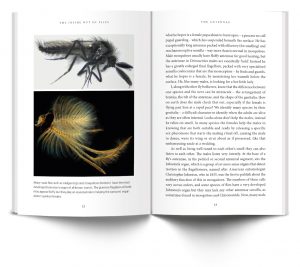
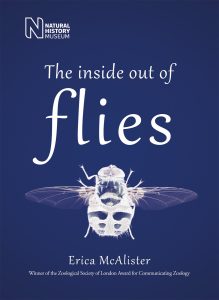

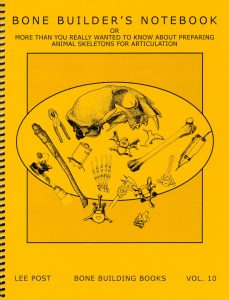
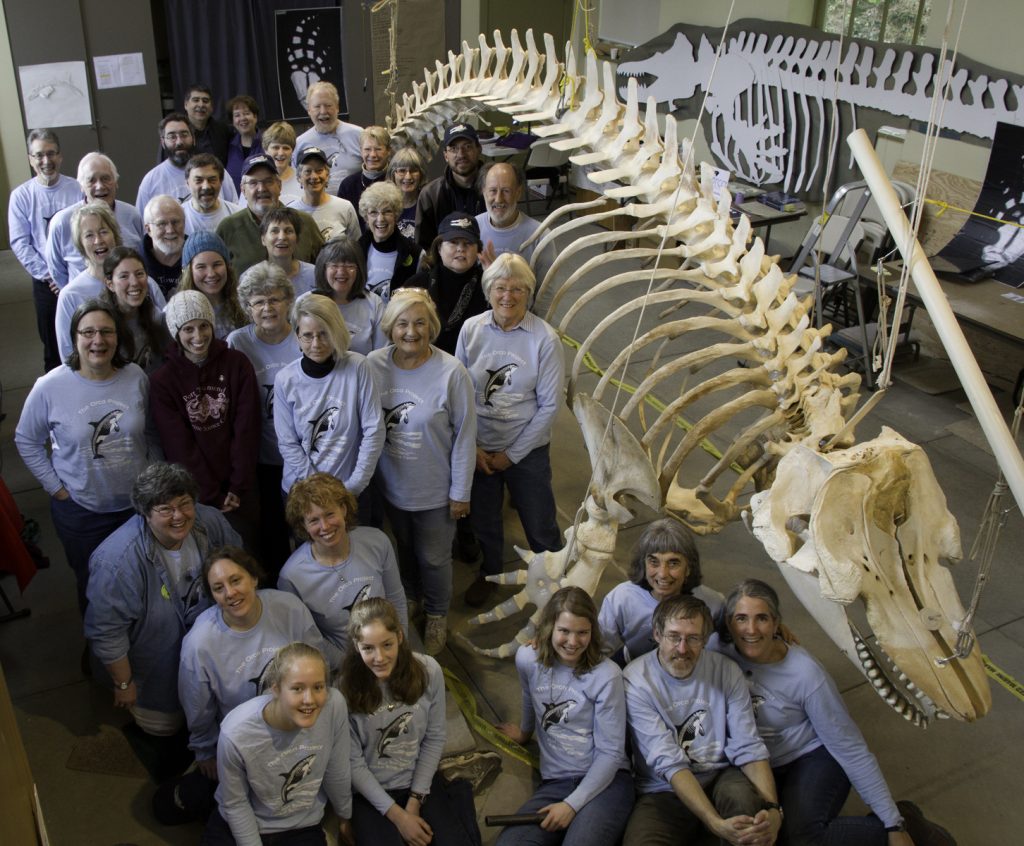






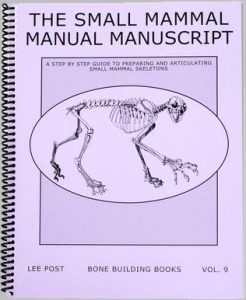
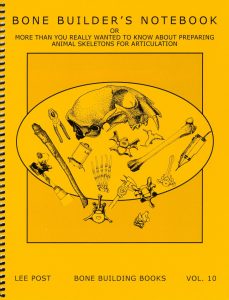
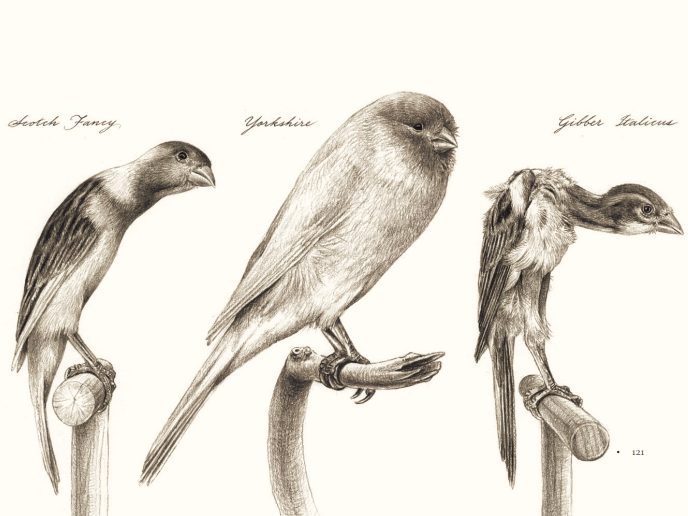
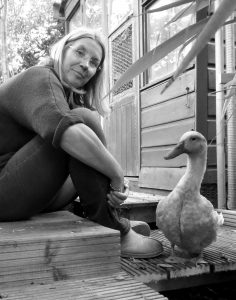
 On your website, you write that you always had an interest in natural history, but that your talent in drawing made your teachers push you to pursue an art career, rather than studying biology. Did you ever consider a career as a scientific illustrator, something for which there must have been more of a market back then than there is now? If not, when and how did you decide to start combining your passion for biology with your talent as an artist?
On your website, you write that you always had an interest in natural history, but that your talent in drawing made your teachers push you to pursue an art career, rather than studying biology. Did you ever consider a career as a scientific illustrator, something for which there must have been more of a market back then than there is now? If not, when and how did you decide to start combining your passion for biology with your talent as an artist?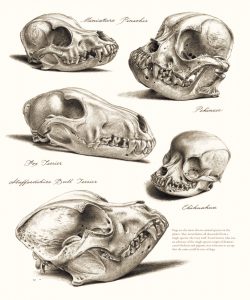 You worked as curator of the bird skin collection of the London Natural History Museum. How did you end up there after an art degree?
You worked as curator of the bird skin collection of the London Natural History Museum. How did you end up there after an art degree?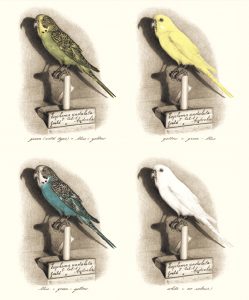 Your previous book, The Unfeathered Bird, took some 25 years from conception to publication, mostly as you found it very difficult to find a publisher. How did you manage to convince Princeton University Press to publish this book after so many rejections?
Your previous book, The Unfeathered Bird, took some 25 years from conception to publication, mostly as you found it very difficult to find a publisher. How did you manage to convince Princeton University Press to publish this book after so many rejections?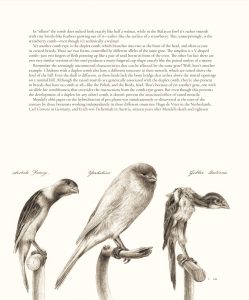 Your response to critics of breeding has been to counter their objection by saying “look at what nature has done to the sword-billed hummingbird!” which I thought was a sharp response. However, an animal welfare advocate might counter this argument by pointing out that natural selection can only push sword-billed hummingbirds so far. If this adaptation – the extension of the bill to retrieve nectar from ever deeper flower corollas – becomes maladaptive it will be selected against. Breeders, however, can select for traits that are maladaptive, because these animals grow up in an artificial environment where they are relieved of the pressures of natural selection. The shortened snouts and breathing problems of short-nosed dog breeds such as boxers come to mind. Obviously, if these traits become too extreme, the animals will not survive until reproductive age, but we can push them into a zone of discomfort and suffering through artificial breeding. What would your response to this be?
Your response to critics of breeding has been to counter their objection by saying “look at what nature has done to the sword-billed hummingbird!” which I thought was a sharp response. However, an animal welfare advocate might counter this argument by pointing out that natural selection can only push sword-billed hummingbirds so far. If this adaptation – the extension of the bill to retrieve nectar from ever deeper flower corollas – becomes maladaptive it will be selected against. Breeders, however, can select for traits that are maladaptive, because these animals grow up in an artificial environment where they are relieved of the pressures of natural selection. The shortened snouts and breathing problems of short-nosed dog breeds such as boxers come to mind. Obviously, if these traits become too extreme, the animals will not survive until reproductive age, but we can push them into a zone of discomfort and suffering through artificial breeding. What would your response to this be?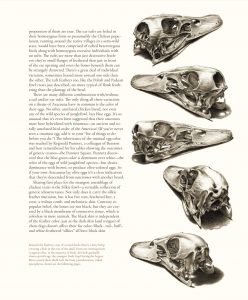 You write that the work on Unnatural Selection took six years of full-time work, around the clock. How long do you typically take to complete an illustration? And how do you manage to support yourself during this period, do you have freelance illustrations assignments on the side?
You write that the work on Unnatural Selection took six years of full-time work, around the clock. How long do you typically take to complete an illustration? And how do you manage to support yourself during this period, do you have freelance illustrations assignments on the side?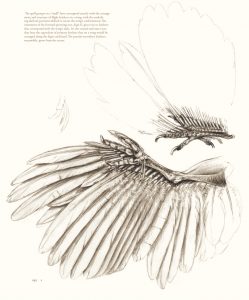 With two books now published by Princeton University Press, you seem to have started a very successful collaboration. How has the reception of this book been so far? Have you received nominations for prizes?
With two books now published by Princeton University Press, you seem to have started a very successful collaboration. How has the reception of this book been so far? Have you received nominations for prizes?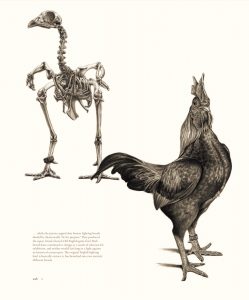 Will you continue to work on more books in the future? And are you already willing to reveal what you are working on next?
Will you continue to work on more books in the future? And are you already willing to reveal what you are working on next?
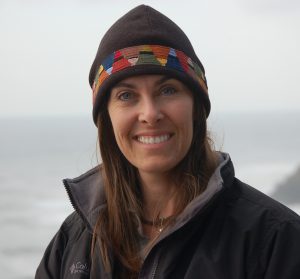
 The vaquita entered the collective imagination (or at least, my imagination) when it became world news somewhere in 2017 and there was talk of trying to catch the last remaining individuals, something which you describe at the end of your story. Going back to the beginning though, how did you cross the path of this little porpoise?
The vaquita entered the collective imagination (or at least, my imagination) when it became world news somewhere in 2017 and there was talk of trying to catch the last remaining individuals, something which you describe at the end of your story. Going back to the beginning though, how did you cross the path of this little porpoise?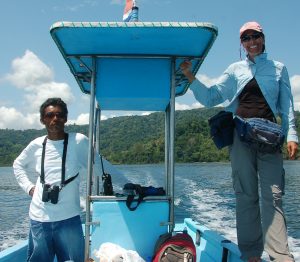 Once your investigation on the ground in Mexico gets going, tensions quickly run high. This is where conservation clashes with the hard reality of humans trying to make a living. Corruption, intimidation and threats are not uncommon. Was there ever a point that you were close to pulling out because the situation became too dangerous?
Once your investigation on the ground in Mexico gets going, tensions quickly run high. This is where conservation clashes with the hard reality of humans trying to make a living. Corruption, intimidation and threats are not uncommon. Was there ever a point that you were close to pulling out because the situation became too dangerous? 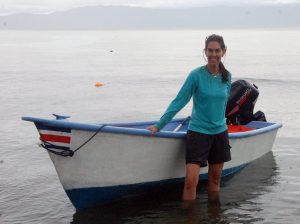 As the story progresses, more and more foreign interests enter this story. Sea Shepherd starts patrolling the waters, and Leonardo DiCaprio also gets involved, signing a memorandum of understanding with the Mexican president to try and turn the tide. What was the reaction of Mexicans on the ground to this kind of foreign involvement? Are we seen as sentimental, spoiled, rich Westerners who can afford unrealistic attitudes?
As the story progresses, more and more foreign interests enter this story. Sea Shepherd starts patrolling the waters, and Leonardo DiCaprio also gets involved, signing a memorandum of understanding with the Mexican president to try and turn the tide. What was the reaction of Mexicans on the ground to this kind of foreign involvement? Are we seen as sentimental, spoiled, rich Westerners who can afford unrealistic attitudes? 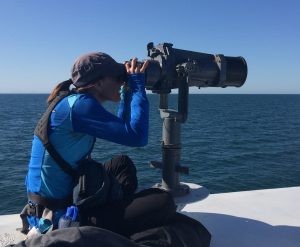 One side of the story I found missing from your book was that of the demand for totoaba swim bladders in China. I imagine it might have been too dangerous or time-consuming (or both) to expand your investigation to China as well. How important and how feasible do you think it is to tackle the problem from that side? Without a demand for totoaba bladders, the vaquita wouldn’t face the threats of gillnets after all.
One side of the story I found missing from your book was that of the demand for totoaba swim bladders in China. I imagine it might have been too dangerous or time-consuming (or both) to expand your investigation to China as well. How important and how feasible do you think it is to tackle the problem from that side? Without a demand for totoaba bladders, the vaquita wouldn’t face the threats of gillnets after all.